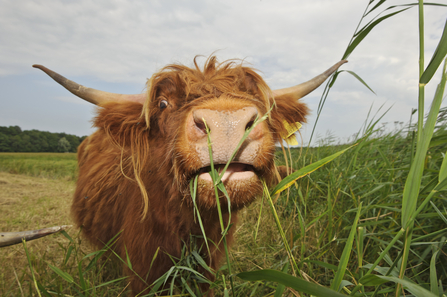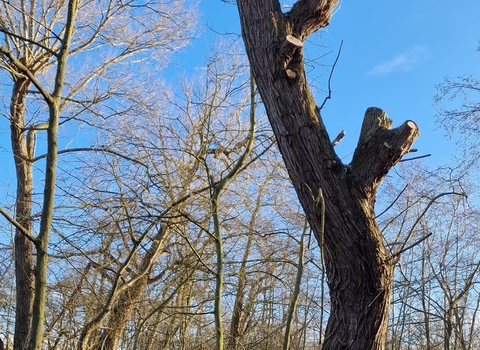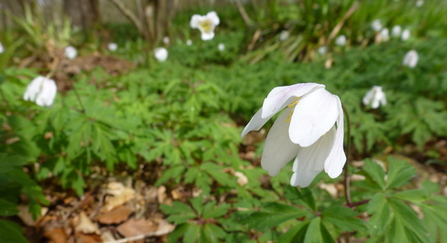The origin of pollarding
Originally the word “poll” described the top of the head so pollarding essentially means to remove the top of the tree. It involves the regular cutting of upper branches back to the main trunk during the dormant season, generally late September to early March. The purpose of traditional pollarding was to encourage several new side and top shoots from the main trunk, so firewood and other coppice products were readily available year on year at a manageable height.
Trees are ideally first pollarded when they have grown above the desired height, usually around chest height. This usually happens when the tree is young, between 5-15 years old depending on the species. Older trees can also be pollarded – success depends on aspects such as species and age. Trees are then re-pollarded on a regular schedule to maintain the structure of the tree.




